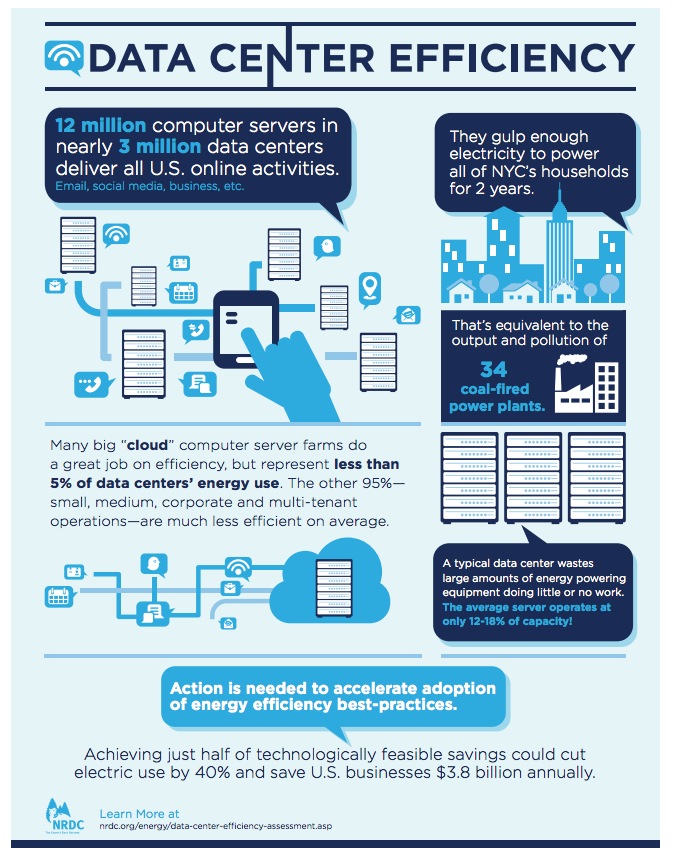
NATURAL RESOURCES DEFENSE COUNCIL
Data centers are the backbone of the modern economy, from the server rooms that power small- to medium-sized organizations, to the enterprise data centers that support American corporations, to the server farms that run cloud computing services hosted by Amazon, Facebook, Google, and others. However, the explosion of digital content, big data, e-commerce, and Internet traffic is also making data centers one of the fastest-growing users of electricity in developed countries, and one of the key drivers in the construction of new power plants in the United States.
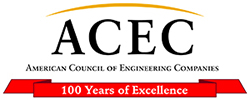
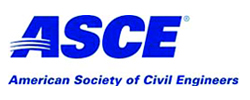






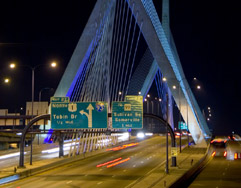
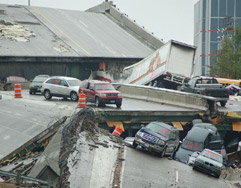
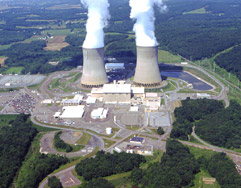
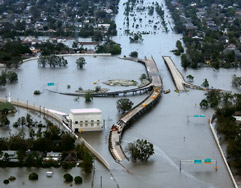

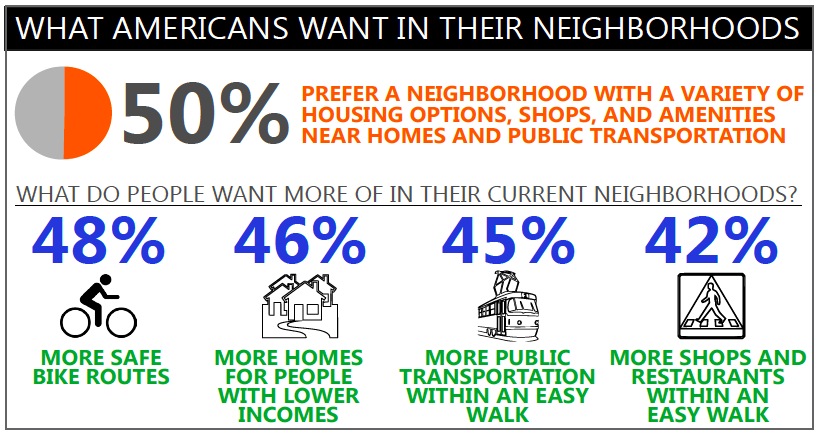


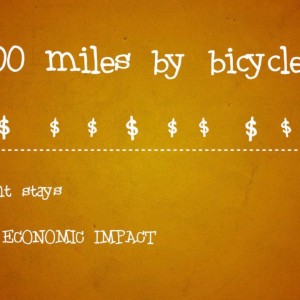
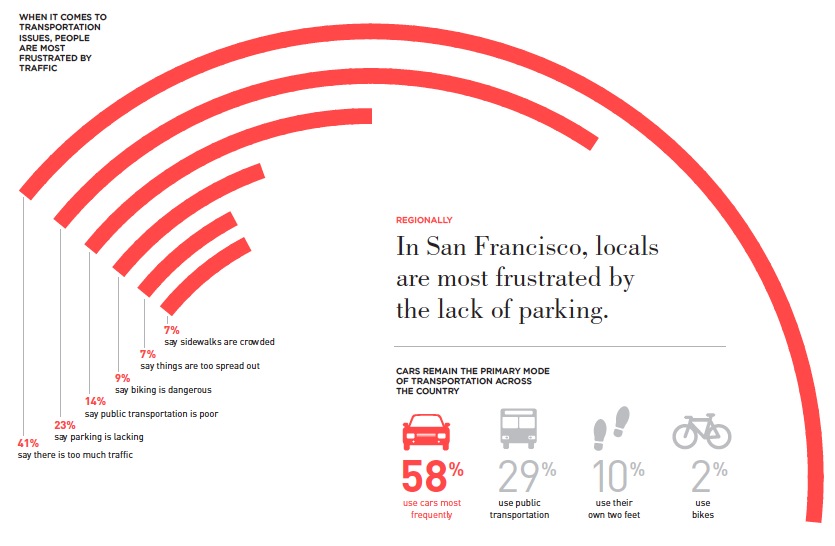

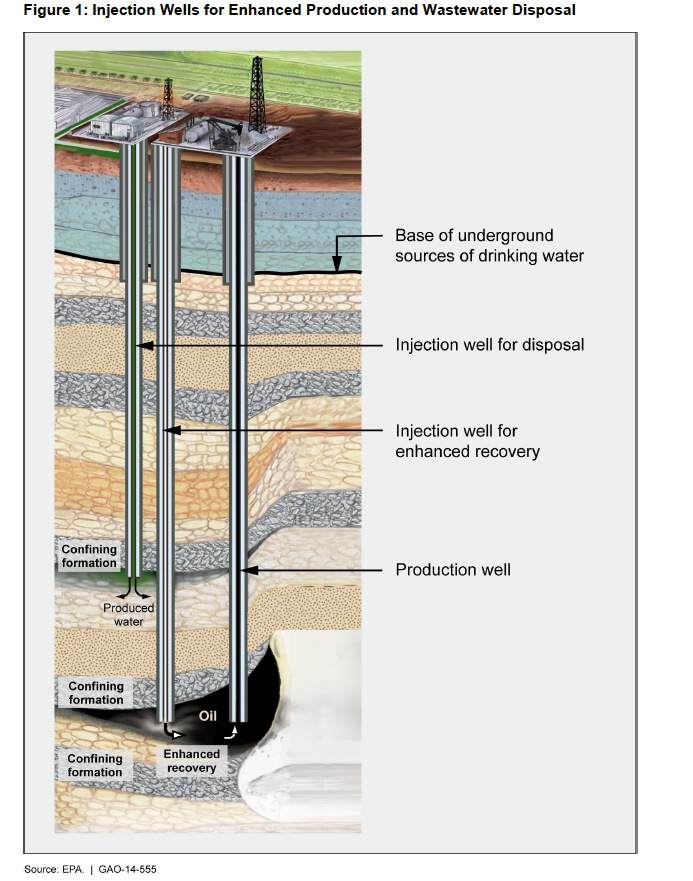

 RSS Feed
RSS Feed